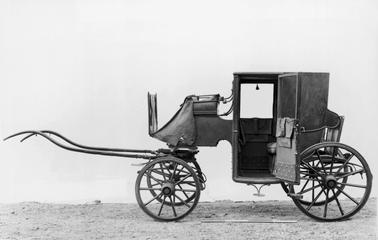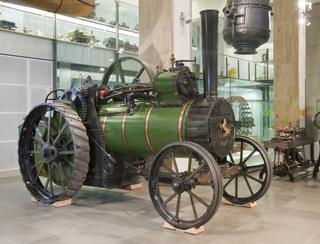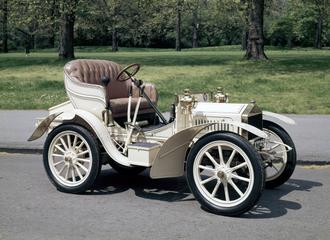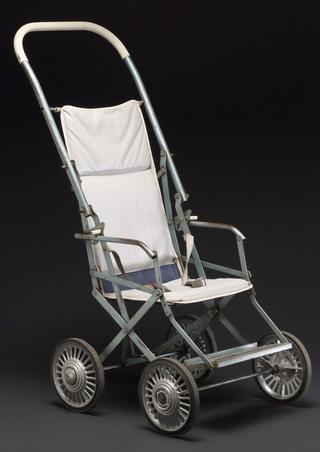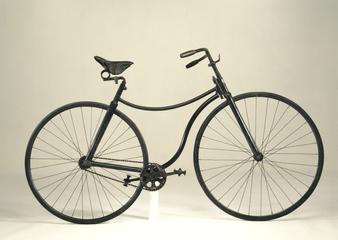
‘Autosensa’, prototype dipping motor car headlight
- Made:
- 1969-1970 in Birmingham
- maker:
- Joseph Lucas Limited








‘Autosensa’ driving light, a prototype motor car headlight that automatically ‘dips’ in order to prevent dazzle when a car approaches, by Joseph Lucas Limited, Birmingham, England, 1969-1970
The Lucas Autosensa was a significant late 1960s experiment in improving motoring safety at night. Developed by Lucas in 1969-70, it was a driving light, designed to be mounted in a pair alongside the motor car headlights to create a four-light array. It would automatically shade itself when oncoming vehicles approached in order to not dazzle the oncoming driver. Although this prototype technology never made it into production, it demonstrates a rapidly growing international concern with road safety in the 1960s and 1970s in the face of dramatically increasing car use.
Details
- Category:
- Road Transport
- Object Number:
- 2023-531
- Materials:
- metal (unknown), plastic (unidentified), chromium plated, glass, steel (metal) and copper (metal)
- Measurements:
-
overall: 124 mm x 200 mm x 220 mm,
- type:
- headlights
- copyright:
- Unknown Copyright holder
